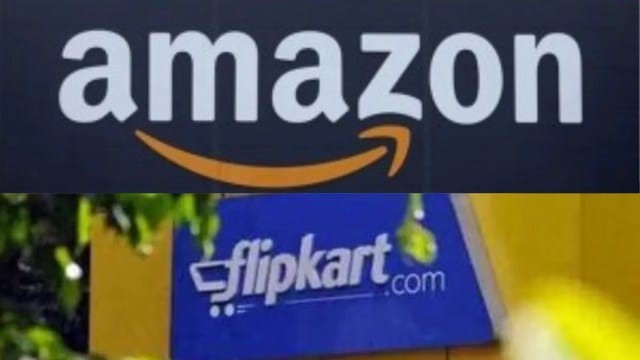India’s E-Retail Landscape

- 28 Mar 2025
Context:
India’s e-retail sector has emerged as a global frontrunner, surpassing the United States in terms of online shopper base and attaining a Gross Merchandise Value (GMV) of $60 billion in 2024. Despite this milestone, the sector’s growth rate halved from historical averages of 20% to 10–12% in 2024. This deceleration is attributed primarily to macroeconomic headwinds—particularly high inflation and stagnation in real wages, which have also slowed private consumption growth from 11% (2017–19) to 8% (2022–24).
Structural Drivers and Government Support
Notwithstanding short-term sluggishness, India’s long-term e-retail outlook remains promising. Key government initiatives—such as Digital India, Make in India, Startup India, and Skill India—have laid a strong digital foundation. The Government e-Marketplace (GeM) crossed ?4 lakh crore GMV in FY24, reflecting growing public sector adoption of digital commerce.
Policy reforms have facilitated e-commerce expansion:
- 100% FDI in B2B e-commerce
- Implementation of Consumer Protection (E-commerce) Rules, 2020
- Strengthening digital infrastructure through 5G rollout
- The CSC-ONDC partnership aims to democratize access to digital markets in rural areas.
Key Growth Trends Shaping the Sector
The Flipkart–Bain & Company report identifies three transformative trends:
- Quick Commerce:Quick commerce now commands over two-thirds of e-grocery orders and constitutes 10% of total e-retail spending. It is projected to grow at over 40% CAGR until 2030, driven by faster deliveries, increasing product categories, and geographic expansion into Tier-2 and Tier-3 cities.
- Trend-First Commerce:Particularly dominant in fashion, this segment caters to consumers who prioritize latest trends and styles. Trend-first fashion alone is forecasted to grow fourfold to $8–10 billion by 2028, with more than half of the sales occurring online.
- Hyper-Value Commerce:This model emphasizes ultra-low-priced assortments aimed at lower-middle-income consumers. Its share of e-retail GMV has increased from 5% in 2021 to over 12% in 2024, gaining momentum in smaller towns and cities.
Demographic and Regional Shifts
The e-retail customer and seller base is witnessing increasing diversification:
- Since 2020, 60% of new shoppers have emerged from Tier-3 or smaller cities.
- The Northeastern states show 1.2 times higher e-retail penetration compared to the national average.
- Similarly, 60% of new sellers since 2021 are from Tier-2 or smaller towns, indicating broad-based entrepreneurial participation.
Future Outlook
E-retail is expected to reach a GMV of $170–190 billion by 2030, growing at over 18% annually. A key inflection point will be when India’s GDP per capita crosses the $3,500–4,000 threshold, historically associated with significant upticks in discretionary digital spending. By 2030, one in ten retail dollars is projected to be spent online, with high-frequency categories such as grocery, lifestyle, and general merchandise accounting for two-thirds of e-retail expenditure.
Conclusion
India’s e-retail sector reflects the dynamic interplay of technology, policy, and socio-economic shifts. While macroeconomic challenges have tempered short-term growth, strong structural fundamentals and strategic disruptions position the sector for robust expansion. The transformation of digital commerce, particularly through inclusivity and value-driven models, is not only reshaping consumer behavior but also holds significant implications for employment, urbanization, and digital governance in India’s developmental journey.
